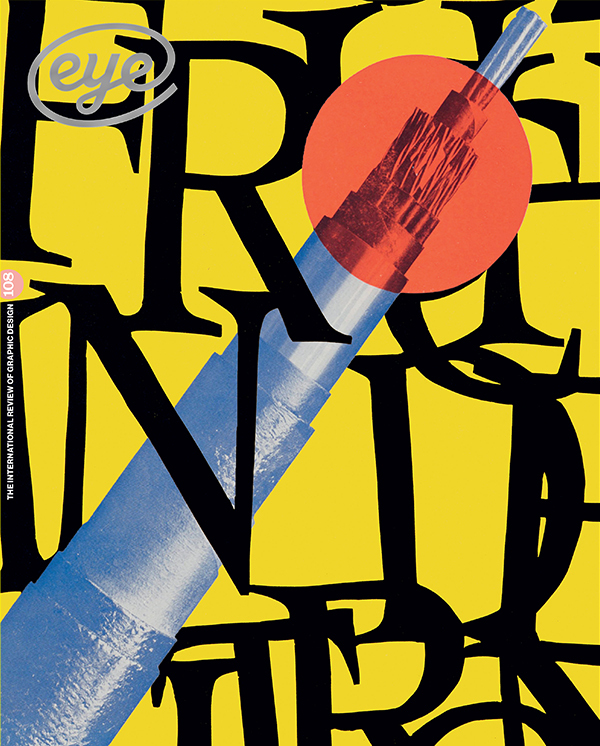Spring 2025
We made this: Czech design’s soft power
various designers
Alfons Mucha
Vojtěch Preissig
Karel Teige
Ladislav Sutnar
Oldřich Menhart
Veronika Burian
Type Together
František Štorm
Eight years in the making, an ambitious project charts the story of a small nation’s outsize influence. By Linda Kudrnovská
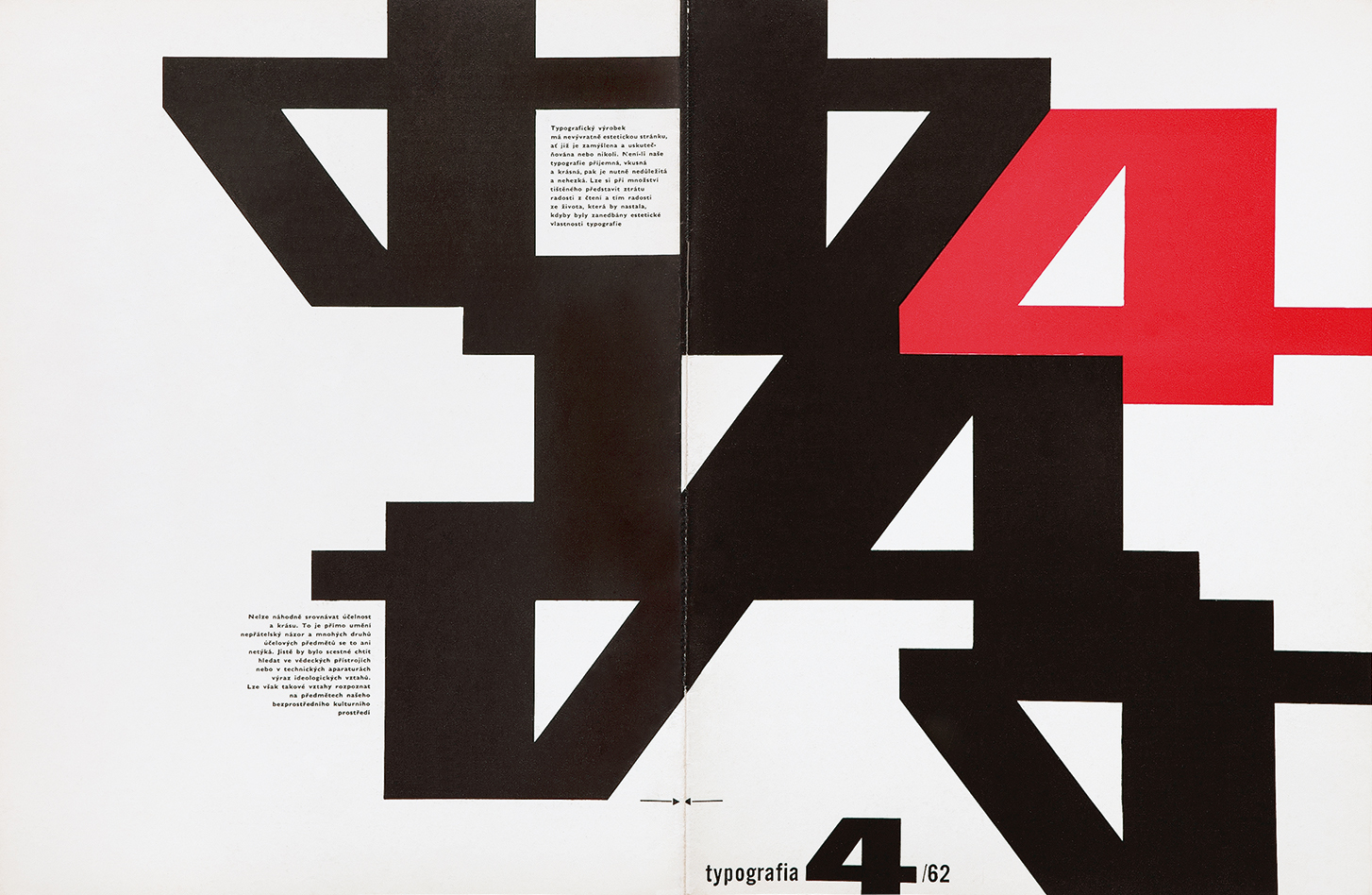
Graphic design possesses a power that often goes unnoticed. It permeates all spheres of an individual’s existence, co-shaping the atmosphere of public spaces and the ethos of the times, surrounding us at every step of our lives, from birth to death. Despite this, graphic design is still a rather neglected discipline in public discourse.
The project ‘Identity: The Story of Czech Graphic Design’ serves as a contemporary record of the exploration of a cultural community living in the socially, politically, and visually turbulent region of Central Europe over the past 120 years or more. The project was launched eight years ago by a group of Czech theorists, educators and graphic designers (including Filip Blažek and myself) whose vision was to map Czech graphic design, typography and type design, both past and present, through a documentary series for Czech public television. The project grew organically, and by the end of 2024, it encompassed an edited monograph of more than 500 pages, a major exhibition at Museum Kampa in Prague, a feature-length documentary film (Identity: A Czech Graphic Design Love Story), a smaller English version of the book as well as spin-off exhibitions in London and elsewhere, talks and other projects. The seven 40-minute episodes of the TV series cover a range of issues that include propaganda, type design (the country’s ‘soft power’), public space, education, books, posters and Czech designers’ influence throughout the world. They can be viewed at identitaproject.com/series with English subtitles.
Oldřich Menhart’s poster for the exhibition ‘Ve službách písma a knihy’ [‘In the service of typefaces and books’], 1958.
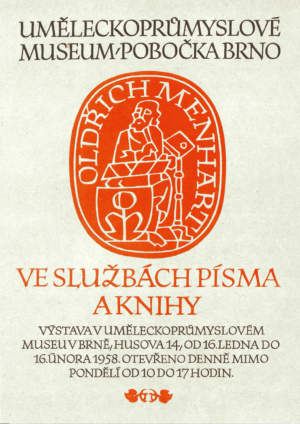
‘Identity’ presents Czech graphic design in its cultural, political and historical contexts. It introduces important historical figures who helped place the former Czechoslovakia on the map of world graphic design, such as Alphonse Mucha, Vojtěch Preissig, Karel Teige, Ladislav Sutnar and Oldřich Menhart. It also features in-depth interviews with contemporary designers such as Veronika Burian (co-founder of TypeTogether), František Štorm (see Eye 50), Radim Peško and many others to capture their unique memories of the field, and the character of the time when their work was created. ‘Identity’ also presents significant design projects and phenomena from the nineteenth century to the present day.
Research into the history, present, borders and intersections in the field have strengthened the conviction that graphic design, typography and type design are essential disciplines in the Czech Republic. They carry on a fine and varied historical tradition that, due to the country’s geopolitical situation, has always combined artistic styles and cultural influences in an eclectic way. Frequent political changes and a relatively short historical period of independence have given contemporary Czech designers a healthy distance from the icons of the past. Tradition is not sacrosanct, and they are capable of engaging with it creatively and integrating it into contemporary practices without diminishing its significance or role in the development of the discipline.
Pražské ptactvo 1800–2020 [Birds of Prague 1800–2020], Czech Society for Ornithology, Revolver Revue, Prague, 2024. Designed by Josefina Karlíková and Matej Vojtuš.
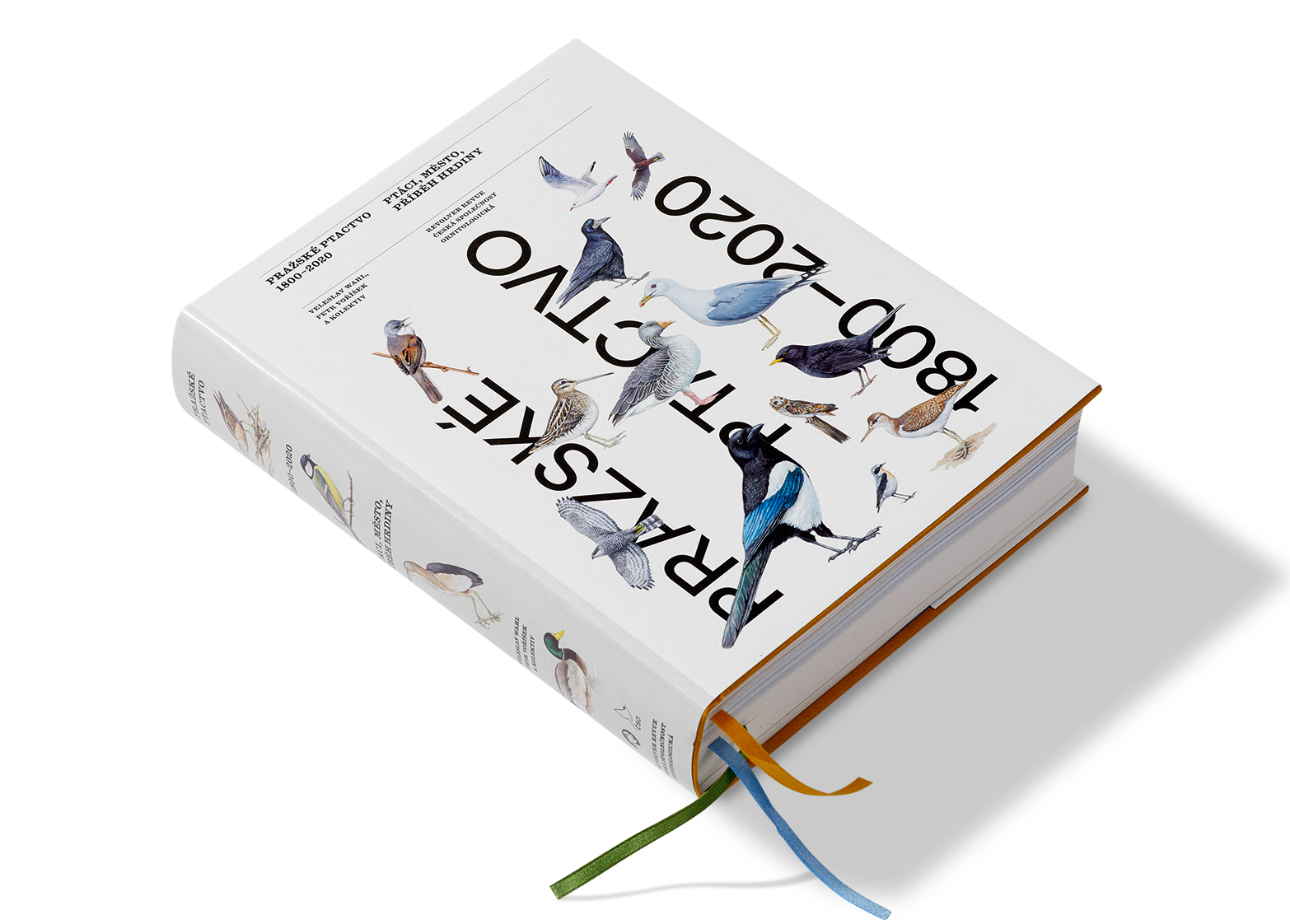
Contemporary Czech graphic design is clearly comparable in creativity and quality to that of other European countries. After the founding of Czechoslovakia in 1918, its society embraced its independence and felt little need for further discussion on the matter. More than a century later, the current generation of designers has instinctively accepted its European identity, drawing inspiration from around the globe and embracing both digital and analogue media. Given the deep social and geopolitical changes of recent years, today’s designers have to redefine how their vocation is perceived. Once seen merely as providers of formal designs in the final stages of a project, they have evolved into co-authors whose opinions and insights are valuable to clients, helping to define a project’s outcome.
The ‘Identity’ project examines the field through the prism of today’s understanding of quality: its objective validity can only be confirmed with time. Rather than restricting its scope, it seeks to connect artists, approaches, disciplines and phenomena in an effort to present graphic design in all its breadth and authenticity. The primary goal of ‘Identity’ is not to build a canon or a mythology of Czech graphic design and typography, but to showcase graphic design within its cultural context and define its social impact.
Linda Kudrnovská, writer, Prague, Czech Republic
First published in Eye no. 108 vol. 27, 2025
Right. RAUT magazine cover, 1992, designed by Aleš Najbrt (see Eye 17.)
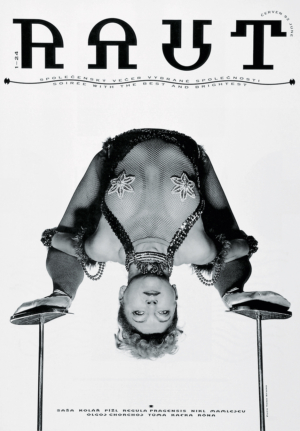
František Zálešák’s poster for Ostře sledované vlaky [Closely Observed Trains], 1966.
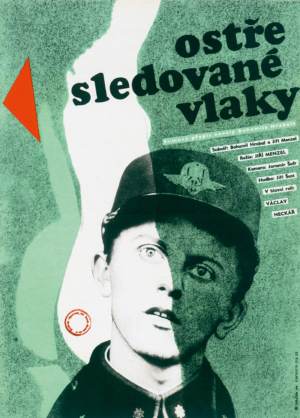
Winners of the Gerard Unger Scholarship initiated by Czech designer Veronika Burian and José Scaglione of TypeTogether.From top to bottom: Roxane Gataud, Bely, 2014. Juan Bruce, Noort, 2015. Quentin Schmerber, Temeraire, 2016. Bogidar Mascareñas, Laima, 2017. Florian Fecher, Lektorat, 2019. Anya Danilova, Rezak, 2020. Nina Faulhaber, Aeroplan, 2021. Emma Marichal, Ploquine, 2022. Patrycja Walczak, Poltik, 2023. Anne-Dauphine Borione, Dargon, 2024.
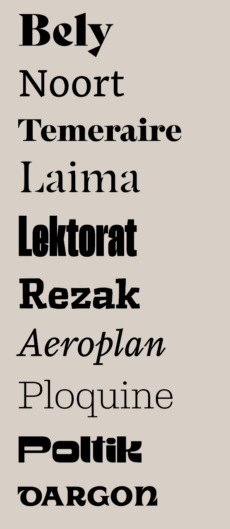
Cover of Catalog Design. New Patterns in Product Information (Sweet’s Catalog Service, 1944). Designed by Czech émigré Ladislav Sutnar and co-authored by Knud Lönberg-Holm and Sutnar.
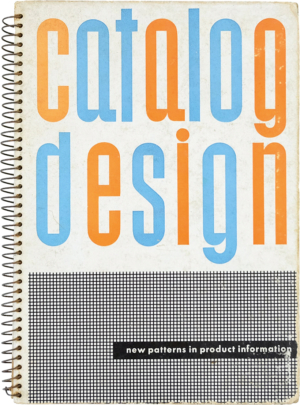
Eye is the world’s most beautiful and collectable graphic design journal, published for professional designers, students and anyone interested in critical, informed writing about graphic design and visual culture. It is available from all good design bookshops and online at the Eye shop, where you can buy subscriptions and single issues.

